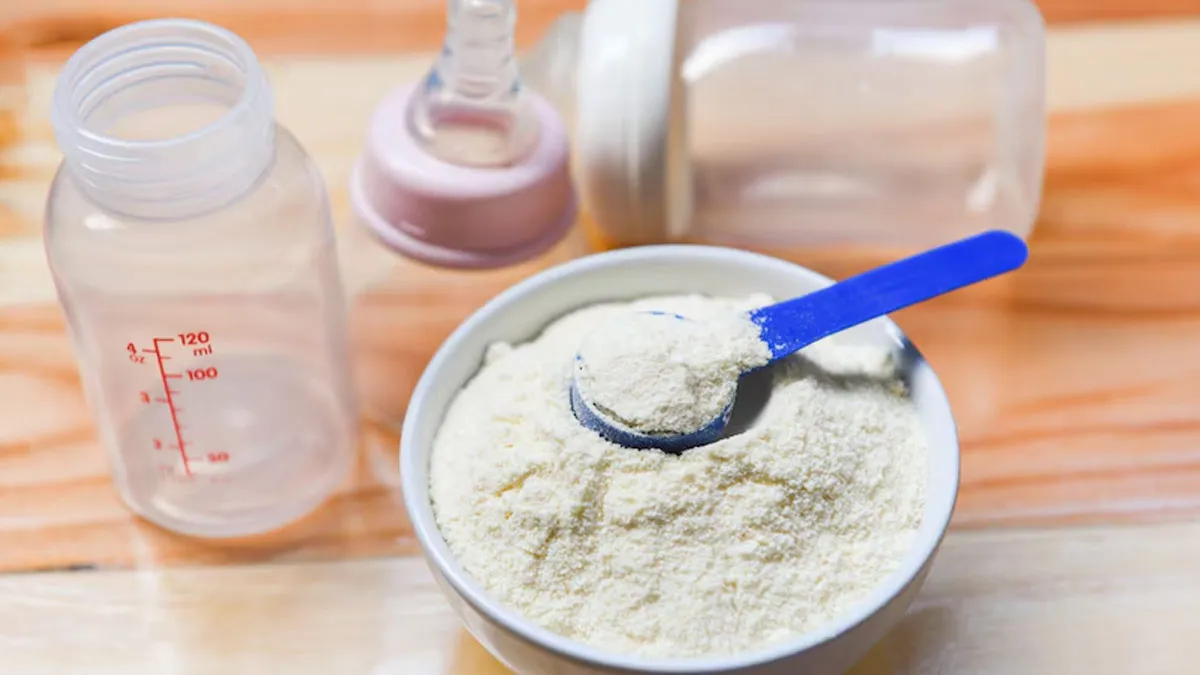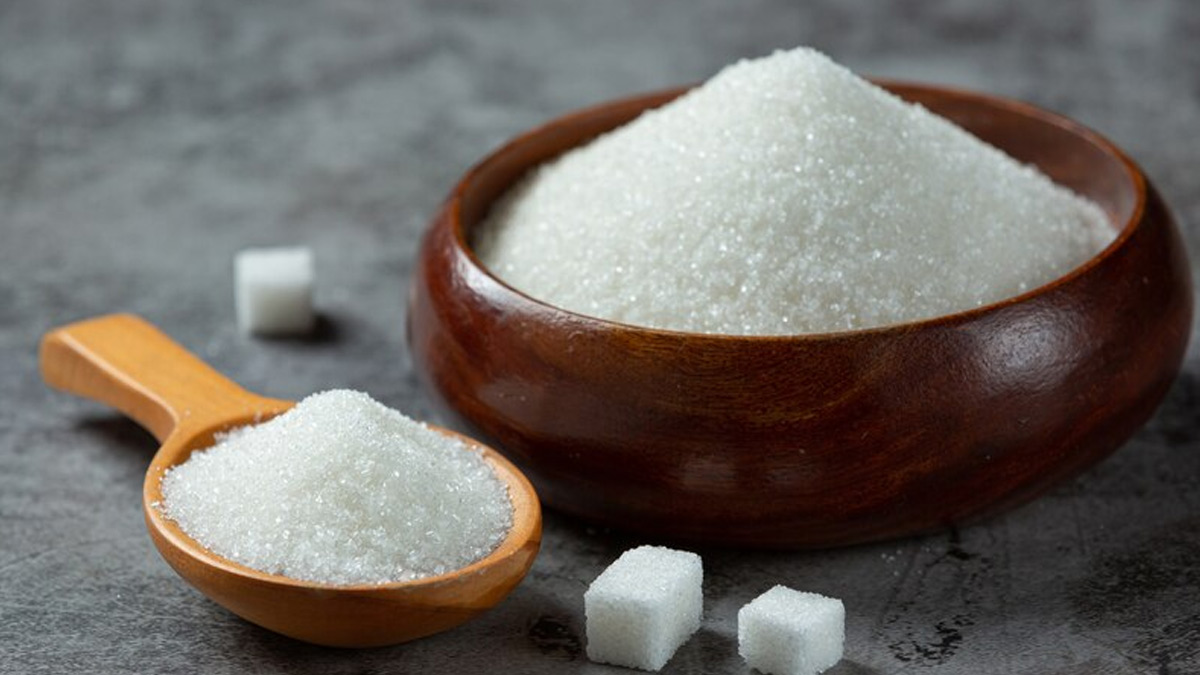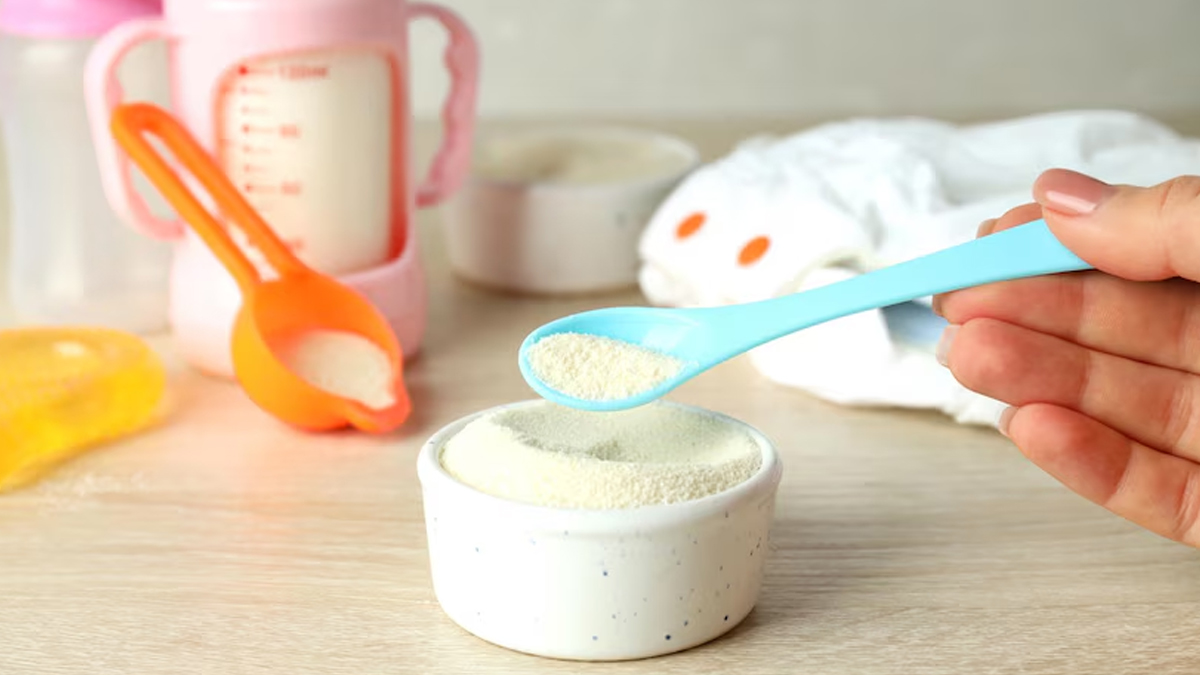
Powdered milk, a popular alternative to fresh milk, has long been valued for its convenience, long shelf life, and easy storage. However, questions surrounding its safety and potential long-term effects, including the risk of diabetes in children, have become a subject of growing concern. While powdered milk is generally regarded as safe, a closer examination of its nutritional profile and consumption patterns can help clarify whether it poses any significant health risks.
Table of Content:-
Understanding Powdered Milk
Powdered milk is created by removing water from fresh milk, leaving behind a concentrated form that contains essential nutrients such as proteins, carbohydrates, vitamins, and minerals. This dehydration process preserves the milk, making it a practical choice for families, particularly in situations where fresh milk is unavailable.
However, not all powdered milk products are identical. Some varieties include added sugars or flavourings that can alter their nutritional content and potentially contribute to adverse health outcomes.
The Link Between Powdered Milk and Diabetes
To understand the link between powdered milk and diabetes, OnlyMyHealth team interacted with Dr Abhishek Chopra, Consultant Paediatrician and Neonatologist, Cloudnine Group of Hospitals, New Delhi, Punjabi Bagh.
When considering the potential risk of diabetes, several factors related to powdered milk consumption come into play:
1. Added Sugars

Dr Chopra explains, “The presence of added sugars in certain powdered milk products is a significant concern. High sugar intake during childhood can lead to obesity and insulin resistance, both of which are precursors to type 2 diabetes.”
To mitigate this risk, Dr Chopra advises parents to opt for unsweetened and unflavoured powdered milk varieties to minimise unnecessary sugar consumption.
A recent study published in the journal Science revealed that children who were in the womb or born during periods of sugar restrictions in their first 1,000 days after conception had up to a 35% lower risk of developing Type 2 diabetes.
Also read: What’s Best For Your Baby: Breastfeeding Or Formula Feeding?
2. Glycemic Index (GI)
Lactose, the natural sugar present in milk, gives powdered milk a glycemic index (GI) similar to that of fresh milk. Foods with a high GI can cause spikes in blood sugar levels, especially when consumed in excess or alongside other high-GI foods.
Dr Chopra emphasises, “While powdered milk itself is not particularly high on the glycemic index, its consumption should be balanced with low-GI foods like whole grains, vegetables, and proteins to ensure better blood sugar regulation, particularly in children predisposed to diabetes.”
3. Portion Control
Excessive use of powdered milk in daily meals, beverages, or recipes can lead to an overall increase in calorie intake, potentially contributing to weight gain and childhood obesity—a significant risk factor for type 2 diabetes.
“Parents must be mindful of portion sizes,” Dr Chopra advises. “Powdered milk should complement a child’s diet rather than become the sole source of nutrition.”
The Nutritional Benefits of Powdered Milk

Despite the concerns, powdered milk remains a valuable source of key nutrients essential for a child’s growth and development, including:
Protein: Supports muscle development and repair.
Calcium: Crucial for building strong bones and teeth.
Vitamins D, A, and B12: Enhance immunity and energy production.
Iron (in fortified varieties): Prevents anaemia and aids brain development.
When used appropriately, powdered milk can play a positive role in a child’s diet.
Also read: FSSAI To Probe Sugar Addition In Baby Food Products, Is Sugar Safe For Babies?
Practical Tips for Parents

Dr Chopra shares several tips for safely incorporating powdered milk into children’s diets:
Read labels: “Choose plain, unsweetened powdered milk to avoid hidden sugars or artificial additives.”
Encourage variety: “A balanced diet that includes fresh fruits, vegetables, whole grains, and lean proteins is essential for optimal health.”
Moderation matters: “Use powdered milk as a supplement to a varied diet rather than as the primary nutritional source.”
Promote hydration: Ensure children stay hydrated with water, avoiding sugary drinks that can exacerbate health risks.
Special Considerations
Some children may require additional caution when consuming powdered milk:
Family history of diabetes: These children should follow a diet monitored for sugar and calorie intake.
Existing metabolic conditions: Special dietary considerations under medical guidance are crucial.
Conclusion
Powdered milk, when consumed responsibly, does not inherently increase the risk of diabetes in children. The key lies in selecting unsweetened varieties, practicing portion control, and ensuring a balanced, nutrient-rich diet.
Concluding, Dr Chopra said, “Parents should focus on fostering healthy dietary patterns and an active lifestyle rather than isolating powdered milk as a risk factor. Regular paediatric check-ups and a proactive approach to nutrition are the best strategies for safeguarding long-term health.”
Also watch this video
How we keep this article up to date:
We work with experts and keep a close eye on the latest in health and wellness. Whenever there is a new research or helpful information, we update our articles with accurate and useful advice.
Current Version
